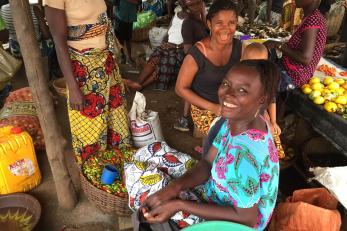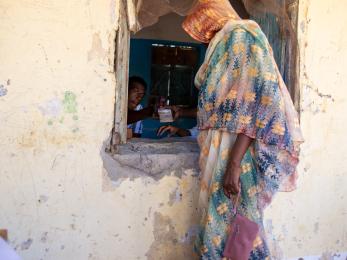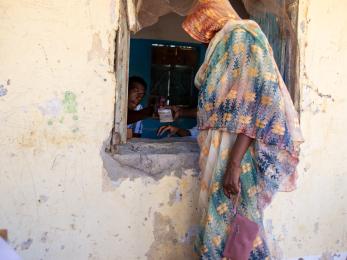Economic Recovery Assessment: Sierra Leone

The Ebola outbreak in West Africa has devastated communities in the three most affected countries: Guinea, Sierra Leone and Liberia. Thousands have died from the disease and many more have been affected.
A year on and efforts to tackle transmission has seen the number of cases fall significantly, and whilst resurgent outbreaks continue to pop up, a large area of the region has been declared Ebola-free. As Ebola cases in Sierra Leone have fallen, the country and policymakers have turned their eyes to the challenging task of economic recovery.
Prior to the devastating outbreak, Sierra Leone had made great strides following their decade-long civil war, ranking as one of the world’s top reformers by the 2012 World Bank’s Doing Business Index.
With the onset of the Ebola crisis, government measures to control transmission of the disease limited economic activity. Restrictions such as roadside checkpoints, reduced hours of business operation, a ban on markets and the closure of borders with Liberia and Guinea, resulted in many people struggling to run their businesses, losing vital sources of income.
While some are beginning to bounce back from the crisis, others, including petty traders (the majority of whom are women) and youth, continue to face reduced sales and limited alternatives for replacing lost sources of income. With weak financial services in-country and limited cash flowing through the economy, these groups, whose members operate at high levels of informality, are struggling to recover.
Mercy Corps set out to examine prospects for economic recovery in Sierra Leone, focusing specifically on petty traders and youth — investigating the short-term issues preventing a return to pre-crisis income levels and the endemic, deep-rooted constraints limiting economic growth.

